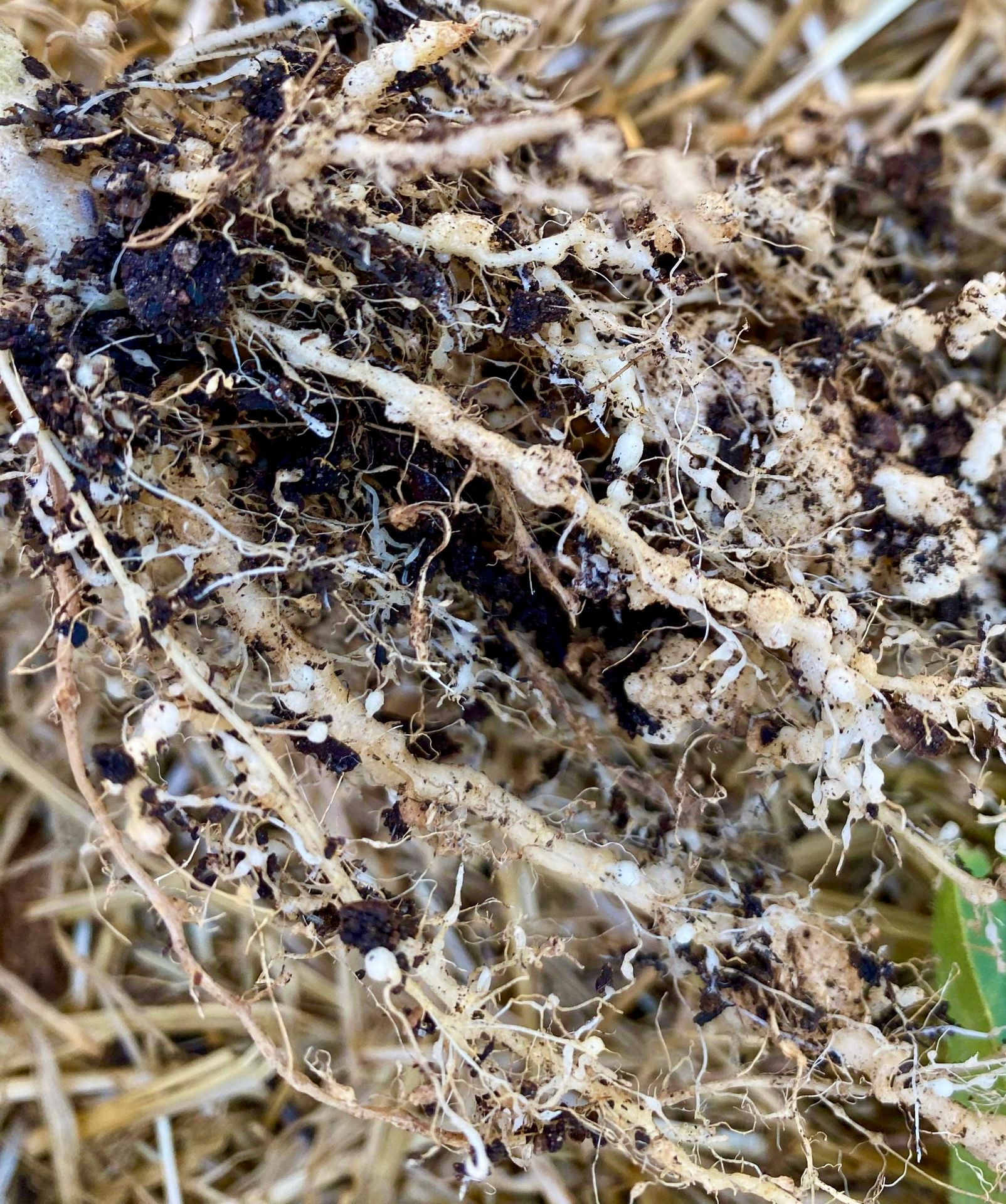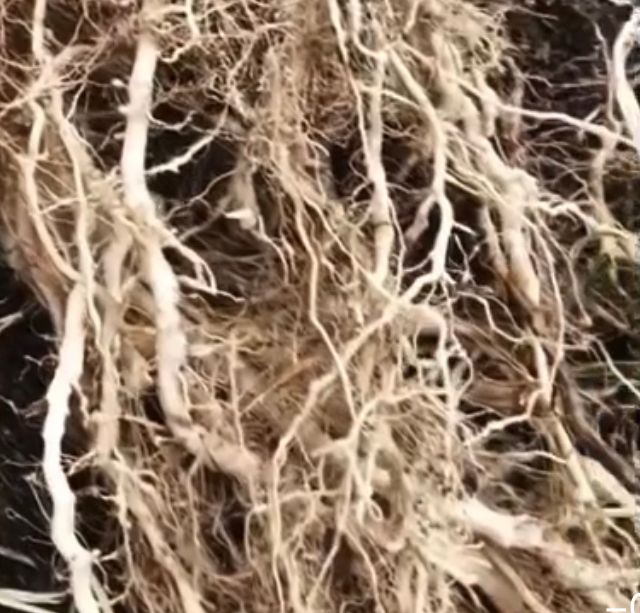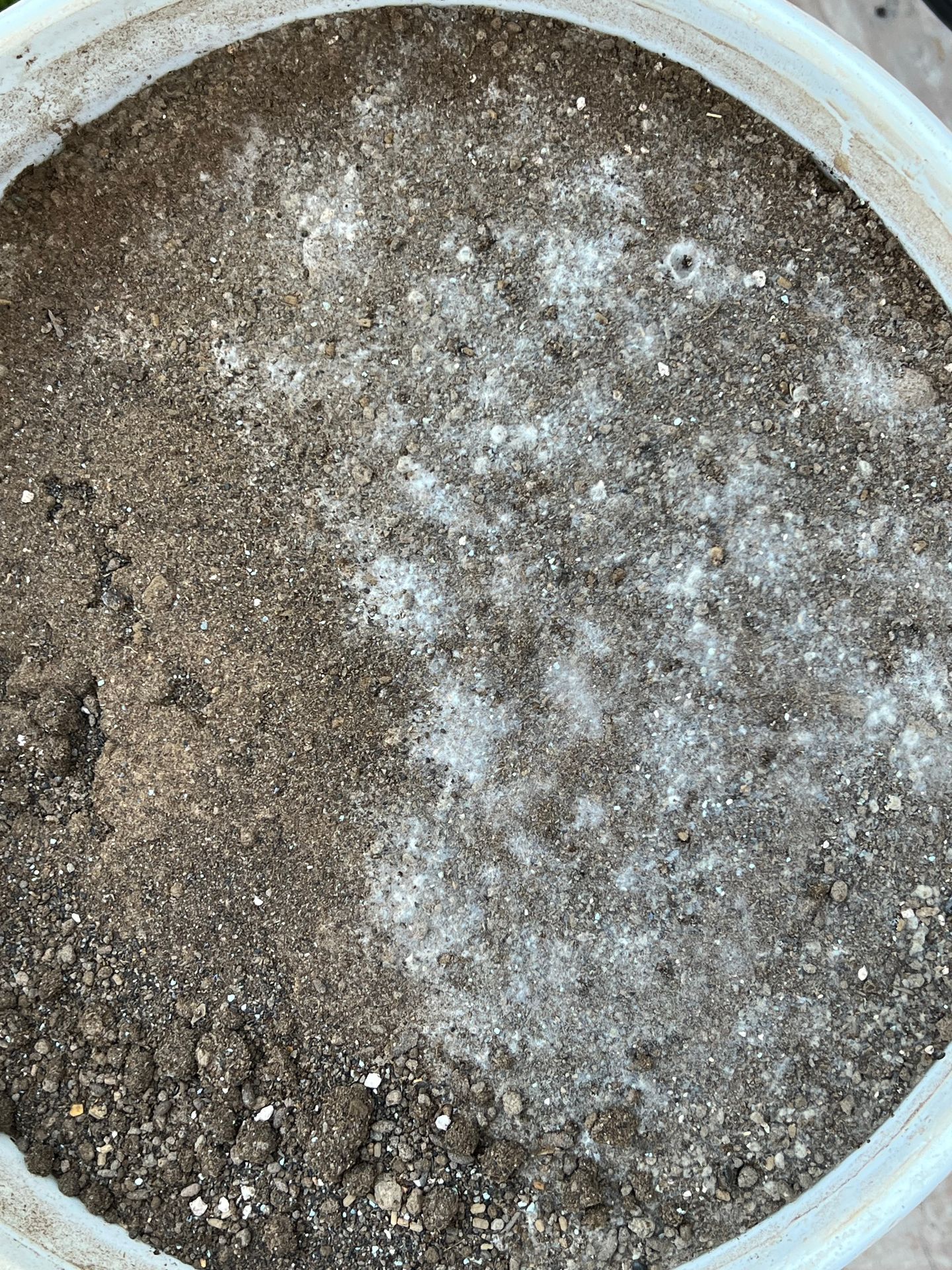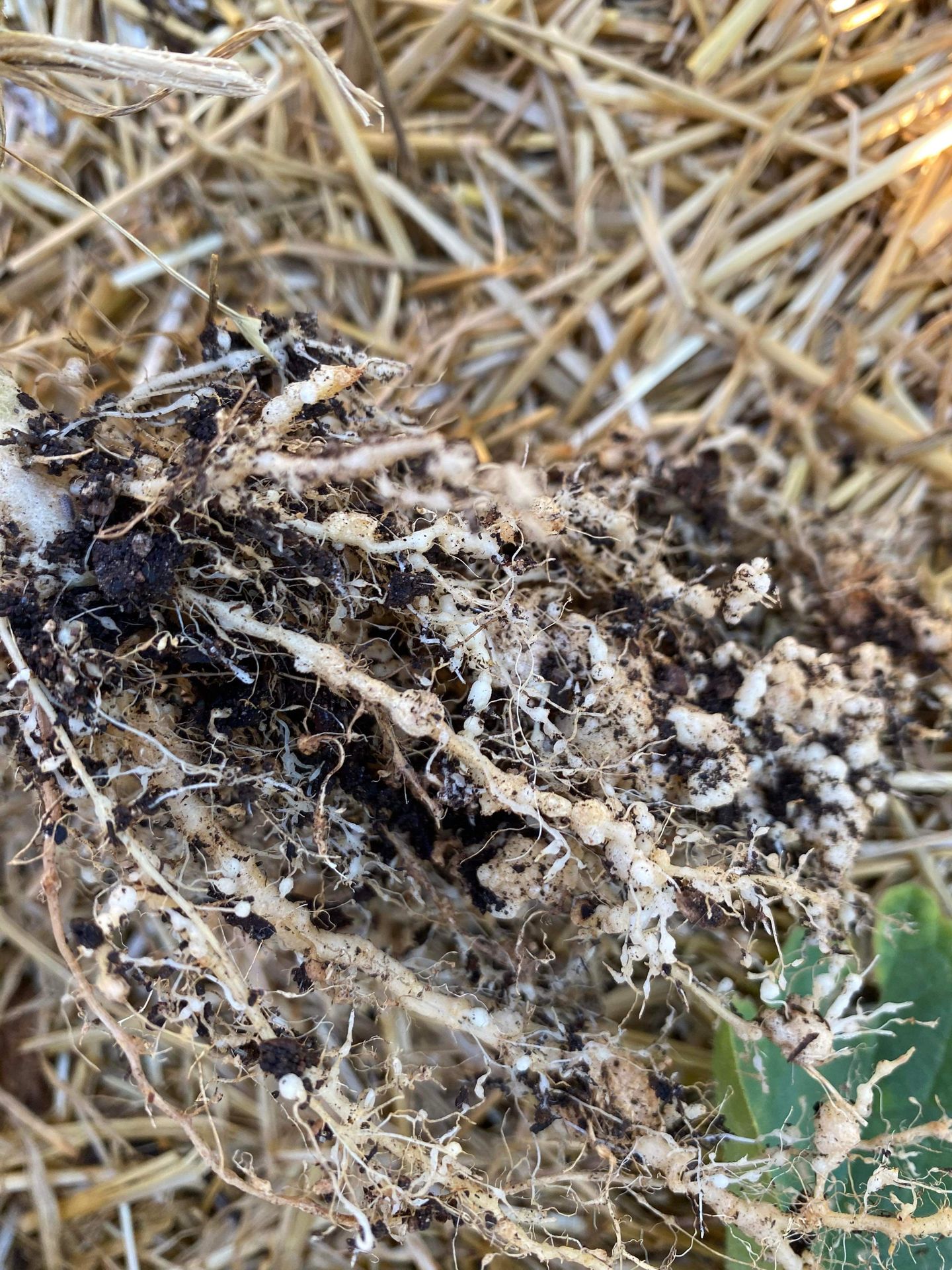Understanding Mycorrhizae and Their Role in Gardening
Mycorrhizae: Nature’s Partner in Plant Health

When we think about healthy plants, we often focus on soil, water, sunlight, and fertilizer. But beneath the surface, there's an entire hidden world that makes all the difference: mycorrhizal fungi. These microscopic allies form symbiotic relationships with plant roots, helping plants thrive in ways we can’t always see aboveground.
What Are Mycorrhizae?
The word mycorrhizae comes from the Greek words for “fungus” (myco) and “root” (rhiza). They are specialized fungi that live in association with plant roots. Unlike mycelium, which is the larger network of fungal threads in soil, wood, or organic matter, mycorrhizae specifically describe the partnership fungi form with plant roots.
In this relationship, plants trade sugars (from photosynthesis) to the fungi, and in return, fungi help plants absorb water and nutrients far more efficiently than roots could on their own.
How Mycorrhizae Benefit Plants
Adding mycorrhizae to your garden can dramatically improve plant resilience and productivity. Some key benefits include:
- Improved Nutrient Uptake: Mycorrhizal fungi extend the root system’s reach, pulling in phosphorus, nitrogen, zinc, and other nutrients.
- Better Water Absorption: The fungal network acts like an extra sponge, making plants more drought-tolerant—critical in hot climates.
- Enhanced Soil Health: Mycorrhizae help build soil structure by binding particles together, improving aeration and reducing erosion.
- Stronger Plants: Plants with mycorrhizal partners are often more resistant to soil-borne diseases and environmental stresses.
- Support for the Soil Biome: When combined with organic fertilizers—such as Earth’s Original Organics—mycorrhizae thrive, since they’re not damaged by synthetic salts or harsh chemicals. Organic fertilizers feed both the plants and the beneficial fungi.
Application Techniques for Maximum Benefits
To maximize the benefits of mycorrhizae-enriched fertilizers, proper application is crucial. For new plantings, mix the fertilizer into the planting hole or seedbed before placing your plants or seeds. This ensures direct contact between the fungi spores and plant roots.
For existing gardens, apply the fertilizer around the base of established plants. Water thoroughly after application to help the spores penetrate the soil and reach the root zone. It's essential to follow the manufacturer's instructions regarding dosage and frequency to avoid over-application, which can harm both plants and beneficial organisms.

One Strain or Many?
A natural question is whether gardeners need a whole “cocktail” of different
mycorrhizal species or if one will cover most crops. Research shows that for the majority of edible plants in the world—vegetables, fruits, and grains—the most important group is arbuscular mycorrhizae (AM fungi), particularly species in the genus Glomus (sometimes referred to as Rhizophagus).
- These fungi are considered “generalists,” forming associations with roughly 85–90% of all land plants, including nearly all common garden edibles.
- There are exceptions: plants in the brassica family (like broccoli, kale, cabbage, and mustard) generally do not form mycorrhizal partnerships.
Because of this, a single strain such as Glomus intraradices (now Rhizophagus irregularis) is often enough to benefit most home gardens without needing a mix of dozens. Commercial products often market multi-strain blends, but in reality, this single species covers the majority of useful crops.

Mycorrhizae vs. Mycelium
It’s easy to confuse these terms, but they play different roles:
- Mycelium: the vegetative body of a fungus—the visible, thread-like network you might see in compost or decaying wood.
- Mycorrhizae: the specific symbiotic relationship formed between fungal mycelium and plant roots. Not all mycelium form mycorrhizae; some live independently as decomposers.
Think of mycelium as the fungus itself, while mycorrhizae describe the partnership with plants.
Final Thoughts
Mycorrhizae are one of nature’s most powerful tools for supporting plant growth. By inoculating your garden with them—and pairing them with organic fertilizers—you’re not just feeding your plants, but nurturing the entire soil ecosystem.
If you’re growing a diverse edible garden, a single strain such as Rhizophagus irregularis can support the vast majority of crops, making it simple to integrate this living technology into your gardening routine.
Beneath every thriving plant is an underground story—and mycorrhizae are the unsung heroes keeping it alive.

